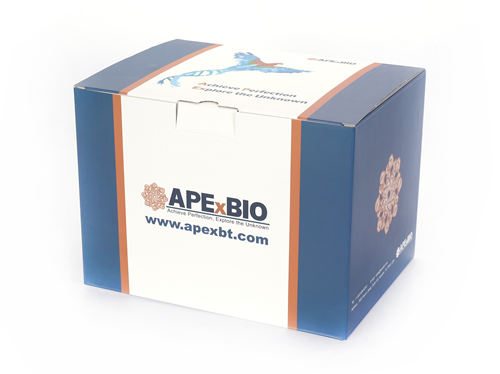Recombinant Mouse LIF
Leukemia inhibitory factor (LIF) is a member of Interleukin 6 family. This protein is mainly expressed in the trophectoderm of the developing embryo, with its receptor LIFR expressed throughout the inner cell mass. LIF has the capacity to induce terminal differentiation in leukemic cells. Its activities include the induction of hematopoietic differentiation in normal and myeloid leukemia cells, the induction of neuronal cell differentiation, and the stimulation of acute-phase protein synthesis in hepatocytes. LIF is used in mouse embryonic stem cell culture, because that removal of LIF pushes stem cells toward differentiation, but they retain their proliferative potential or pluripotency. It is also used in phase II clinical trial, which can assist embryo implantation in women who have failed to become pregnant despite assisted reproductive technologies (ART). Mature mouse LIF shares 78 % a.a. sequence identity with Human LIF.
Reference:
1. Eswari S, Sai Kumar G, Sharma GT. 2012. Zygote: 1-11.
2. Mathieu ME, Saucourt C, Mournetas V, et al. 2012. Stem Cell Rev, 8: 1-15.
3. Thomson AJ, Pierart H, Meek S, et al. 2012. Cell Reprogram, 14: 112-22.
4. Li HandGrumet M. 2007. Glia, 55: 24-35.
|
Gene ID |
16878 |
|
Accession # |
P09056 |
|
Alternate Names |
Differentiation-stimulating Factor, D factor, Melanoma-derived LPL Inhibitor , MLPLI |
|
Source |
Escherichia coli. |
|
M.Wt |
Approximately 19.9 kDa, a single non-glycosylated polypeptide chain containing 180 amino acids. |
|
AA Sequence |
SPLPITPVNA TCAIRHPCHG NLMNQIKNQL AQLNGSANAL FISYYTAQGE PFPNNVEKLC APNMTDFPSF HGNGTEKTKL VELYRMVAYL SASLTNITRD QKVLNPTAVS LQVKLNATID VMRGLLSNVL CRLCNKYRVG HVDVPPVPDH SDKEAFQRKK LGCQLLGTYK QVISVVVQAF |
|
Appearance |
Sterile Filtered White lyophilized (freeze-dried) powder. |
|
Stability & Storage |
Use a manual defrost freezer and avoid repeated freeze-thaw cycles. - 12 months from date of receipt, -20 to -70 °C as supplied. - 1 month, 2 to 8 °C under sterile conditions after reconstitution. - 3 months, -20 to -70 °C under sterile conditions after reconstitution. |
|
Formulation |
Lyophilized from a 0.2 μm filtered concentrated solution in 20 mM PB, pH 7.4, with 0.02 % TWEEN 20. |
|
Reconstitution |
We recommend that this vial be briefly centrifuged prior to opening to bring the contents to the bottom. Reconstitute in sterile distilled water or aqueous buffer containing 0.1 % BSA to a concentration of 0.1-1.0 mg/mL. Stock solutions should be apportioned into working aliquots and stored at ≤ -20 °C. Further dilutions should be made in appropriate buffered solutions. |
|
Biological Activity |
Fully biologically active when compared to standard. The specific activity is determined by inducing differentiation of murine M1 myeloid leukemic cells. The minimum detectable concentration of rMuLIF in this assay is 0.01 ng/ml. The specific activity of > 1.0 × 108 IU/mg, where 50 units is defined as the amount of rMuLIF required to induce differentiation in 50 % of the M1 colonies in 1 ml agar cultures. |
|
Shipping Condition |
Gel pack. |
|
Handling |
Centrifuge the vial prior to opening. |
|
Usage |
For Research Use Only! Not to be used in humans. |
Quality Control & MSDS
- View current batch:
-
Purity > 98 % by SDS-PAGE and HPLC analyses.
- Datasheet
Endotoxin: Less than 1 EU/μg of rMuLIF as determined by LAL method.








